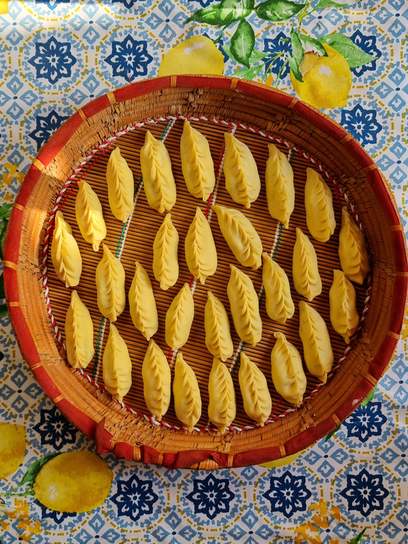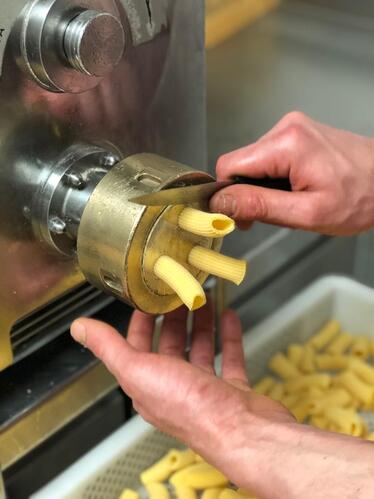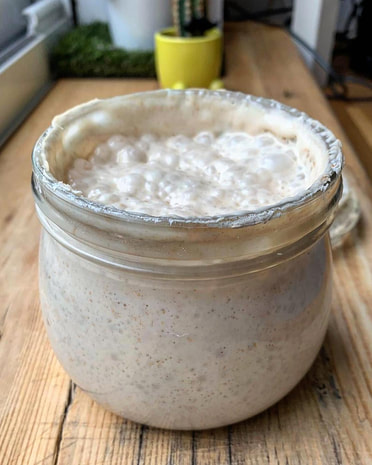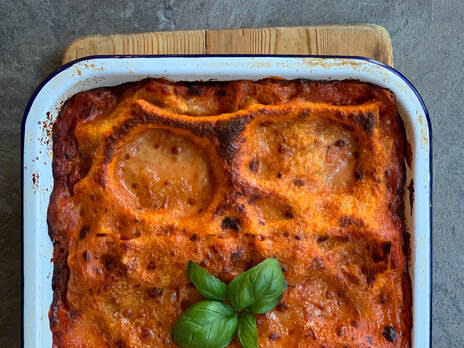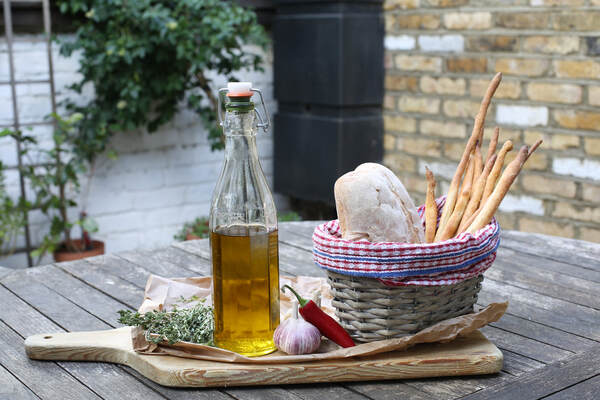|
Do you think you know everything there is to know about pasta? The time has come to put your knowledge to the test.
Here we look at the difference between fresh and dry pasta, the 4 essential characteristics of good quality dry pasta and 4 different ways to cook your pasta. |
